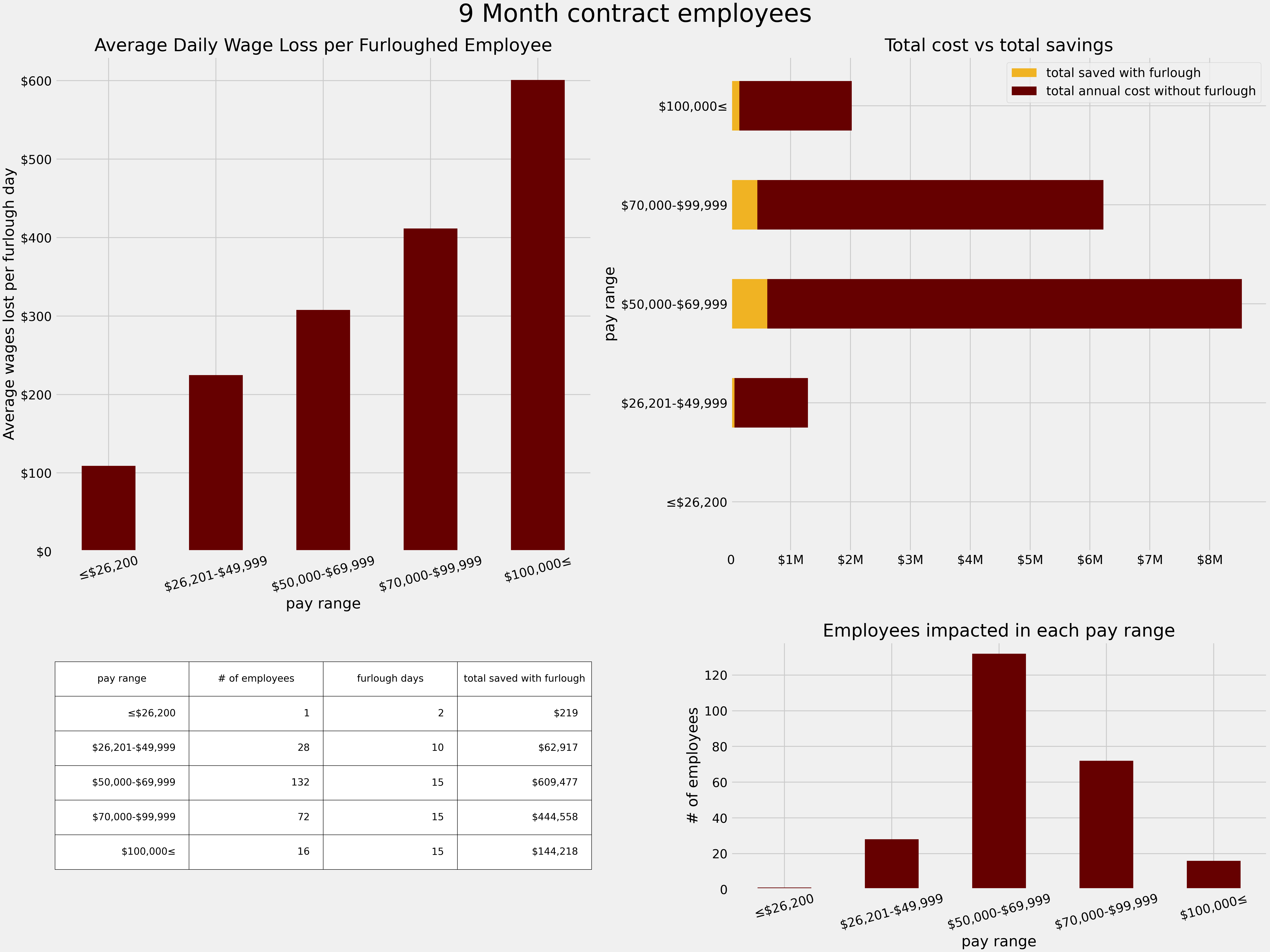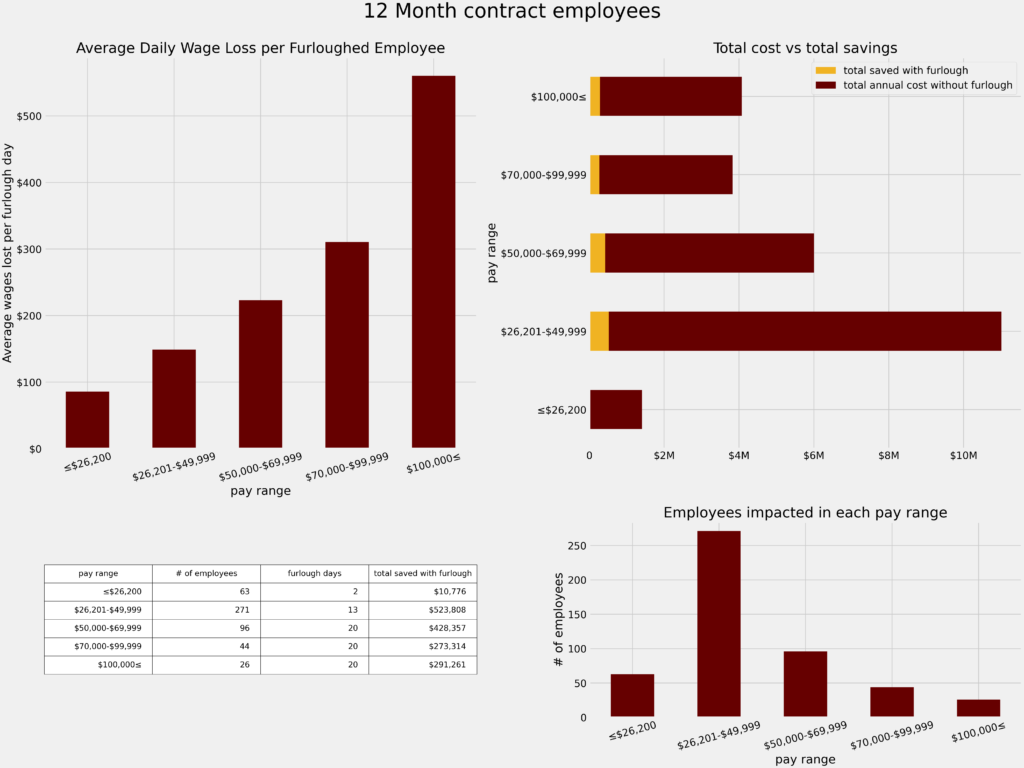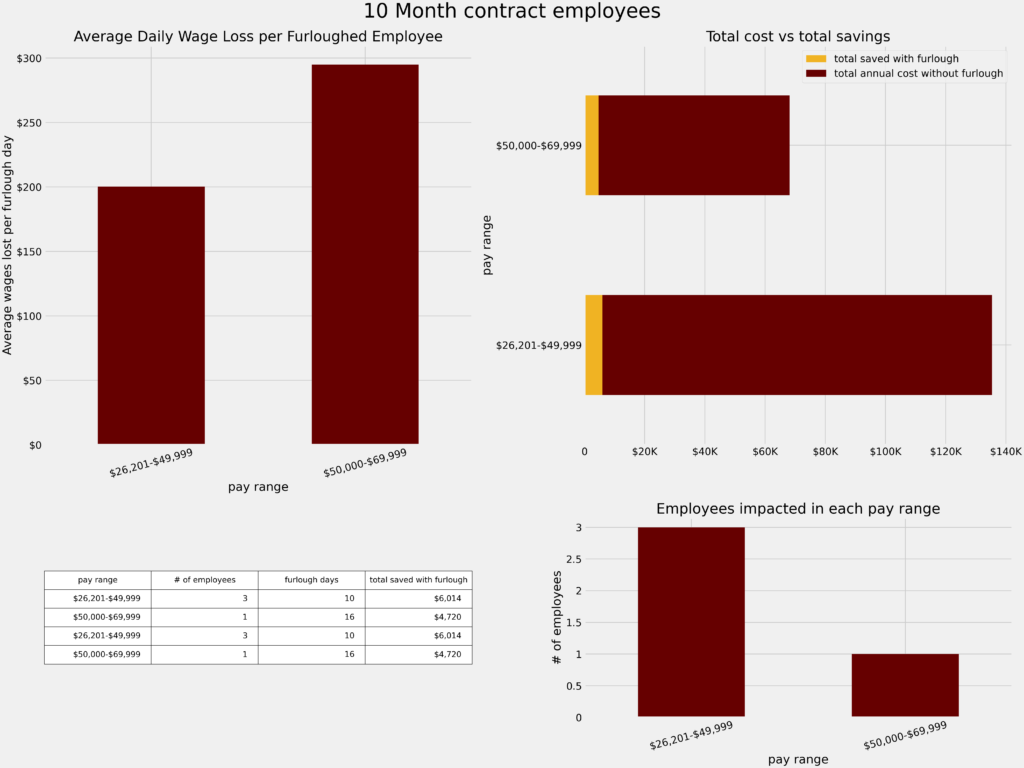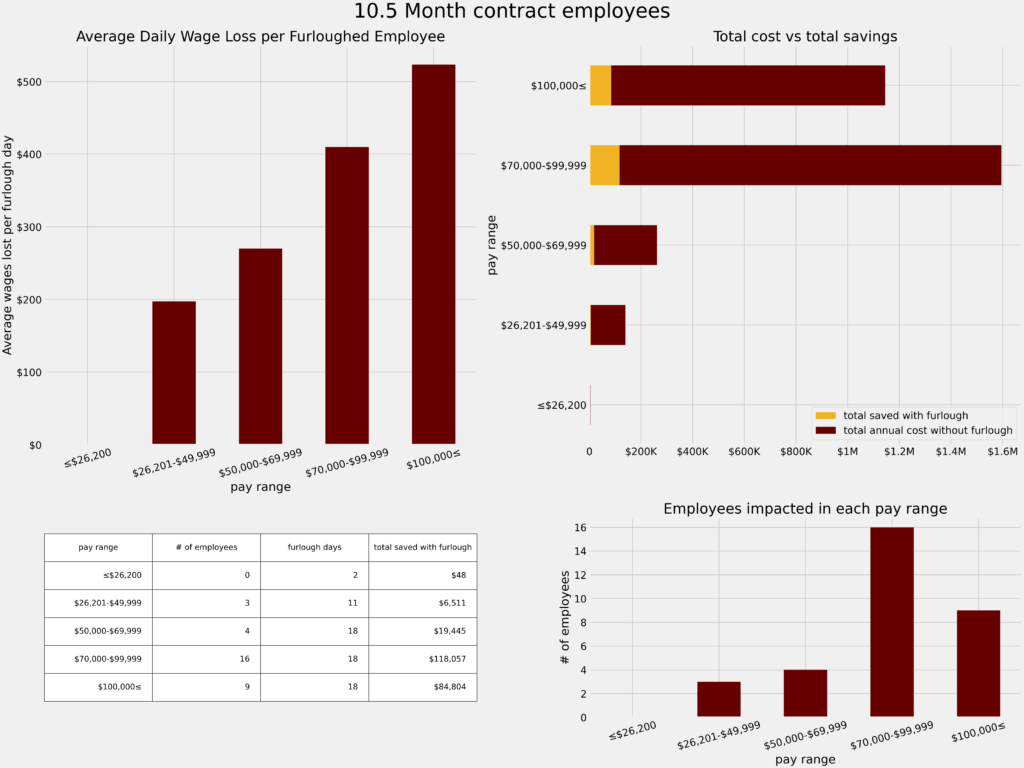A mandatory furlough program for Winthrop faculty and staff was approved by the board of trustees and the Department of State Human Resources on Aug. 25.
The furlough plan resulted in a $3 million budget cut to help with the financial impact COVID-19 has had on the school.
“The reaction I had was ‘better the furlough, than someone losing their job,’” Program Coordinator for Integrated Marketing Communications, Padmini Patwardhan, said. “Everybody is suffering… [but] we are in a far better position than a lot of people that are unemployed. This is a small price to pay to make sure everybody has something [and] that we continue to give that kind of education we want.”
Winthrop previously implemented a furlough plan in response to the economic crisis in 2008 and 2009.
“From my understanding they gave everybody on campus salary or position nine days,” Vice President for Finance and Business Affairs, Justin Oates, said. “The state had different rules during that time and they have relaxed the rules this year so we could be a little more creative in our furlough plan.”
Winthrop’s furlough plan was approved a day after Clemson University announced their program. Winthrop’s plan is approved from Sept. 1, 2020 to June 30, 2021.
“You have to be careful in doing those comparisons because you have to look at Clemson’s plan very closely and realize they’ve only gone to December with their furlough plan,” Oates said. “So, there is a very good chance they may come back in January and add additional days to those scenarios they provided. Our plan is for the full year. We don’t plan to [re]visit our plan. In my opinion, [Clemson’s plan] gives less time to take those days. We are giving people the full year and being transparent about the full year.”
“The reason we chose the whole year is because… just in the fall term alone we could be down $6/$7 million dollars. So, if this continues in the spring it is only going to get worse. We felt like it was important to cover a decent $3 million gap,” Oates said, adding that if the financial situation gets worse, “that’s a point we potentially would look at reduc[ing our workforce] … either through not hiring agencies or potentially laying off people. We don’t want to go that route. The only way we would go that route is [if there is] a dire need.”
However, health and counseling services and police will not be affected by the furlough.
“Furloughing police just means that other police are going to have to work overtime to keep the coverage we need on our campus. Health and counseling… we wanted to [not furlough due to the] pandemic. They can be really busy once we get students back on campus next week,” Oates said. “We just want to have them be able to support our students the best they can and have all their resources at their fingertips. We felt it was important not to put stress on them by requiring them to take days [off] during this time.”
Employees who are salaried in a non-instructional position will take a 3.5% reduction. Hourly rate employees will have to reduce their number of hours by 3.5%.
“Winthrop leadership didn’t take this lightly. We understand that this affects our employees,” Oates said. “But at the same time, we want our employees to have jobs for years to come.”
Below are visual breakdowns of how all contract types are being affected.
Graphics by Philip Nelson








